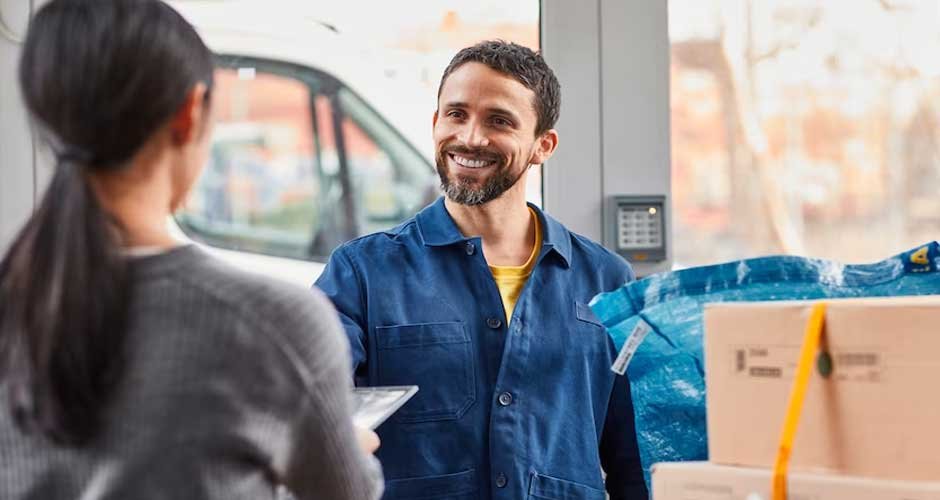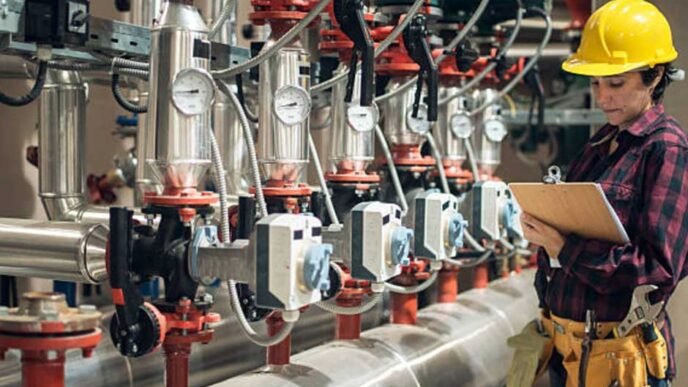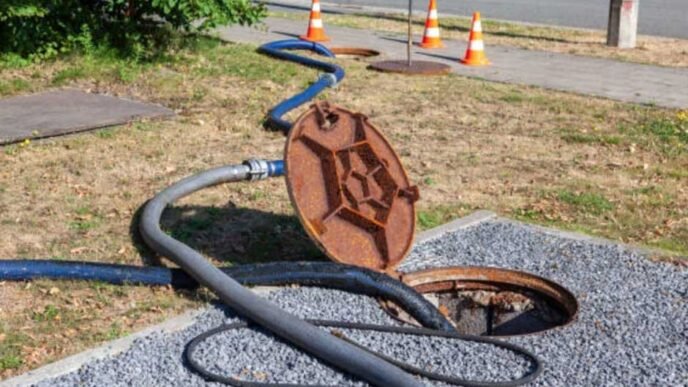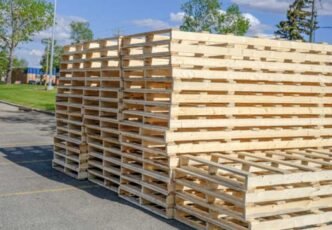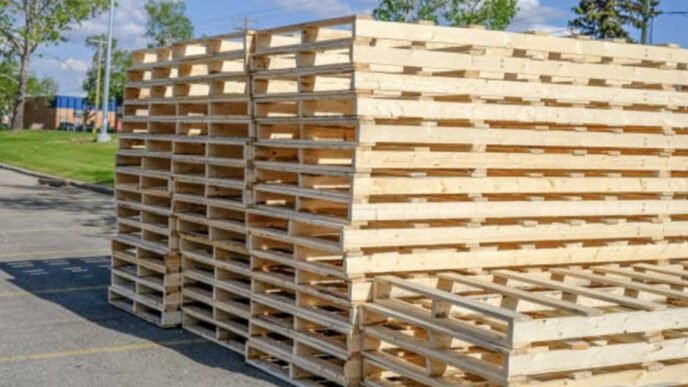In an age where convenience and speed are paramount, same-day delivery has transformed the way we shop and receive goods. It’s no longer a luxury but an expectation for many customers. Whether it’s an urgent household item, a last-minute gift, or fresh groceries, the ability to have a product delivered within hours has revolutionised eCommerce and retail. However, this logistical miracle isn’t just a result of faster transport or increased manpower—it’s a complex dance of technology, coordination, and strategic planning behind the scenes.
One of the key elements that facilitate this rapid delivery turnaround is Third Party Logistics Software. Such software serves as the backbone for logistics operations, allowing businesses to manage and optimise the movement of goods efficiently. But that’s just one part of the picture. Let’s explore the hidden tools and strategies that make same-day delivery a reality.
1. Real-Time Inventory Management
At the heart of same-day delivery is the ability to know exactly what products are available and where they are located at any given moment. This is where real-time inventory management systems come into play. These systems provide an up-to-the-minute snapshot of stock levels across various warehouses, fulfilment centres, and retail stores.
This real-time visibility allows businesses to promise same-day delivery with confidence. Imagine you’re a customer ordering a pair of headphones. As you place your order, the inventory system checks which warehouse or store has that item in stock, how much of it is available, and which location is closest to you. Without real-time updates, businesses would face the risk of accepting orders for items that are out of stock or not immediately accessible, leading to delays and disappointed customers.
2. Predictive Analytics and Demand Forecasting
Predictive analytics is another hidden tool that plays a crucial role in enabling same-day delivery. By analysing historical data and current trends, predictive algorithms help businesses anticipate customer demand. This allows companies to stock the right products at the right locations, closer to where the demand is likely to be.
For instance, if a retailer knows that certain products are highly popular in a particular region during specific times of the year, they can pre-position those items in nearby fulfilment centres. This reduces the distance the items need to travel and speeds up the delivery process, making same-day delivery not only possible but also cost-effective.
3. Multi-Location Fulfilment
The concept of multi-location fulfilment is critical to achieving same-day delivery. Instead of relying on one or two large distribution centres, many companies now use a network of smaller, strategically located fulfilment centres and local stores. This decentralised approach enables them to keep inventory closer to customers, reducing both delivery times and costs.
The success of this model depends on sophisticated software that coordinates stock levels and order fulfilment across all locations. For example, if you place an order for a product that’s out of stock at your nearest fulfilment centre but available at a nearby retail store, the software automatically reroutes the order to the store. This flexibility allows companies to leverage every location as a potential fulfilment point, maximising efficiency.
4. Route Optimisation Technology
One of the most significant challenges in same-day delivery is managing the actual transportation of goods. Getting items from point A to point B quickly and efficiently requires more than just fast vehicles—it requires intelligent route planning. Route optimisation software uses real-time data, including traffic conditions, weather forecasts, and road closures, to find the most efficient routes for delivery drivers.
For instance, if there’s an unexpected traffic jam or road construction on the driver’s typical route, the software can automatically redirect them to an alternate path that minimises delays. This adaptability is essential for keeping delivery times within the promised window, even in the face of unforeseen disruptions.
5. Automated Warehousing and Robotics
Automated warehousing is another hidden tool that powers same-day delivery. Traditional warehouse operations often rely on manual processes that can be slow and error-prone. By integrating robotics and automation, companies can drastically speed up the picking, packing, and shipping of items.
For example, robots can retrieve items from storage shelves and bring them to human packers, who then prepare the packages for shipping. This not only reduces the time it takes to fulfil an order but also minimises errors and improves overall efficiency. In some fulfilment centres, advanced automation systems can process thousands of orders in just a few hours, making same-day delivery feasible for high-demand periods.
6. Smart Parcel Lockers and Drop-Off Points
Smart parcel lockers and strategically placed drop-off points are becoming increasingly popular as a solution for same-day delivery challenges. These lockers allow customers to pick up their packages at their convenience, reducing the need for precise home delivery windows. For delivery companies, this model cuts down on failed delivery attempts and optimises driver routes.
Smart parcel lockers are often equipped with digital screens and sensors that update in real-time, notifying customers when their package is ready for collection. This not only improves the customer experience but also adds an extra layer of efficiency to the last-mile delivery process.
7. Last-Mile Delivery Solutions
The “last mile” is a crucial phase in the logistics journey, referring to the final leg of delivery from a fulfilment centre or local store to the customer’s door. This is often the most complex and expensive part of the delivery process. To tackle this, businesses are leveraging a combination of technology and innovative solutions, such as crowdsourced delivery and same-day courier networks.
Crowdsourced delivery models, similar to ride-sharing services, allow companies to connect with independent drivers who can deliver packages on-demand. This model offers flexibility and scalability, making it possible to handle surges in demand without overcommitting internal resources. Additionally, same-day courier services often rely on efficient software systems to allocate delivery tasks to the right drivers based on location and availability.
8. AI-Powered Customer Communication
Effective communication is key to successful same-day delivery. Customers want to know when their order is out for delivery, who is delivering it, and when it will arrive. AI-powered chatbots and automated messaging systems help keep customers informed every step of the way, reducing anxiety and improving the overall experience.
These tools can send automated notifications to customers, such as when an order has been dispatched, when it’s expected to arrive, and if there are any delays. By providing accurate, real-time updates, businesses can manage customer expectations and build trust.
9. Real-Time Tracking and Visibility
Gone are the days when customers were left wondering when their package would arrive. Today, real-time tracking is a crucial part of the same-day delivery experience. GPS technology and tracking software allow customers to monitor their delivery in real-time, from the moment it leaves the fulfilment centre to when it reaches their doorstep.
For companies, this visibility helps them keep track of all deliveries, monitor driver performance, and quickly resolve any issues that arise. Real-time tracking also provides valuable data that can be used to analyse and improve delivery operations over time.
10. The Role of Data Analytics in Continuous Improvement
Behind the scenes, data analytics plays a critical role in making same-day delivery possible. From inventory management to route optimisation, every aspect of the delivery process generates valuable data that companies can analyse to find inefficiencies and improve their systems.
For instance, analysing delivery times, order volumes, and customer feedback allows businesses to identify bottlenecks and refine their operations. They can also use predictive analytics to anticipate demand surges and adjust their logistics strategies accordingly.
The tools and strategies that enable same-day delivery may be hidden from the customer’s view, but they are crucial to making this rapid service a reality. From Third Party Logistics Software that orchestrates inventory and order fulfilment to predictive analytics, robotics, and AI-powered customer communication, every element plays a role in ensuring that packages reach their destinations quickly and efficiently.
For businesses, investing in these hidden tools is not just about meeting customer expectations—it’s about gaining a competitive edge in an increasingly fast-paced market. As technology continues to advance, we can expect even more innovations to improve delivery speed, efficiency, and customer satisfaction, ultimately shaping the future of eCommerce and retail.
